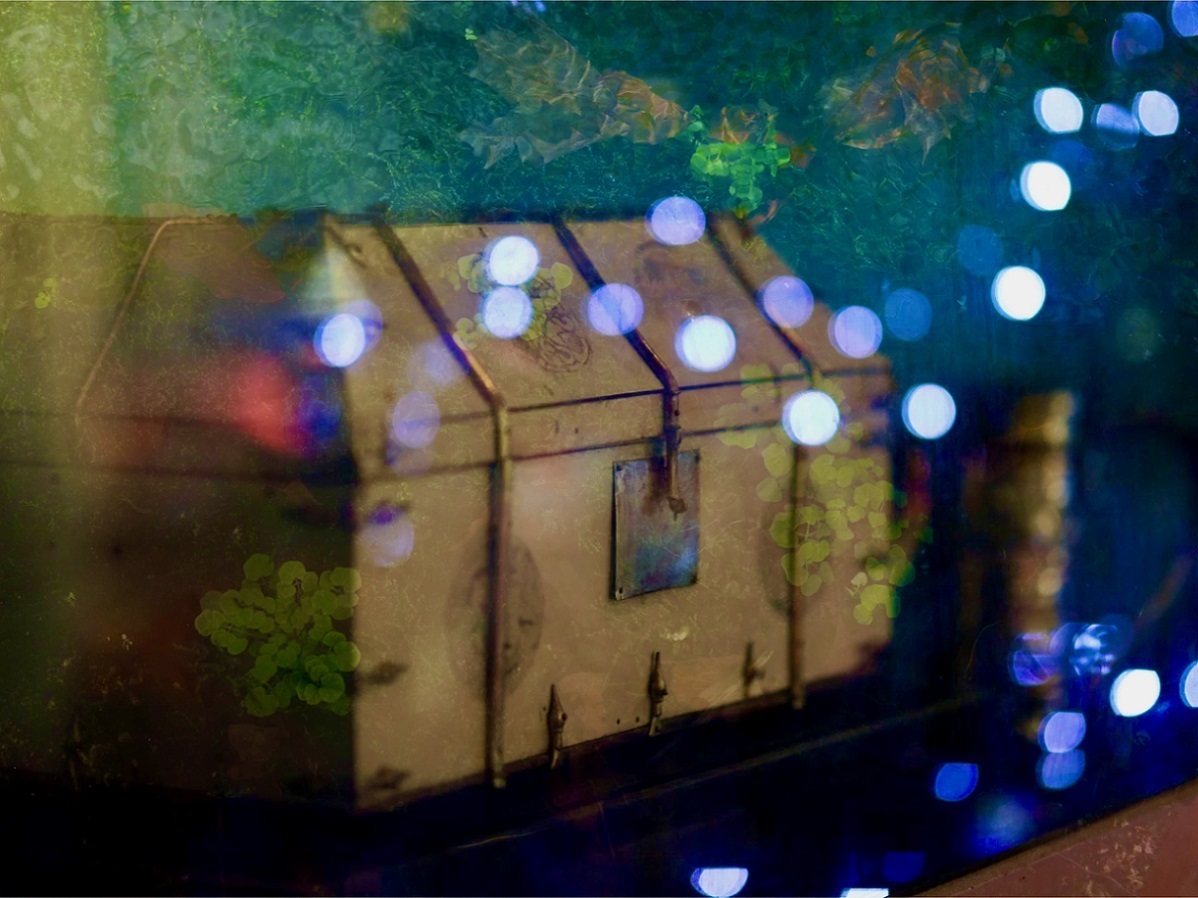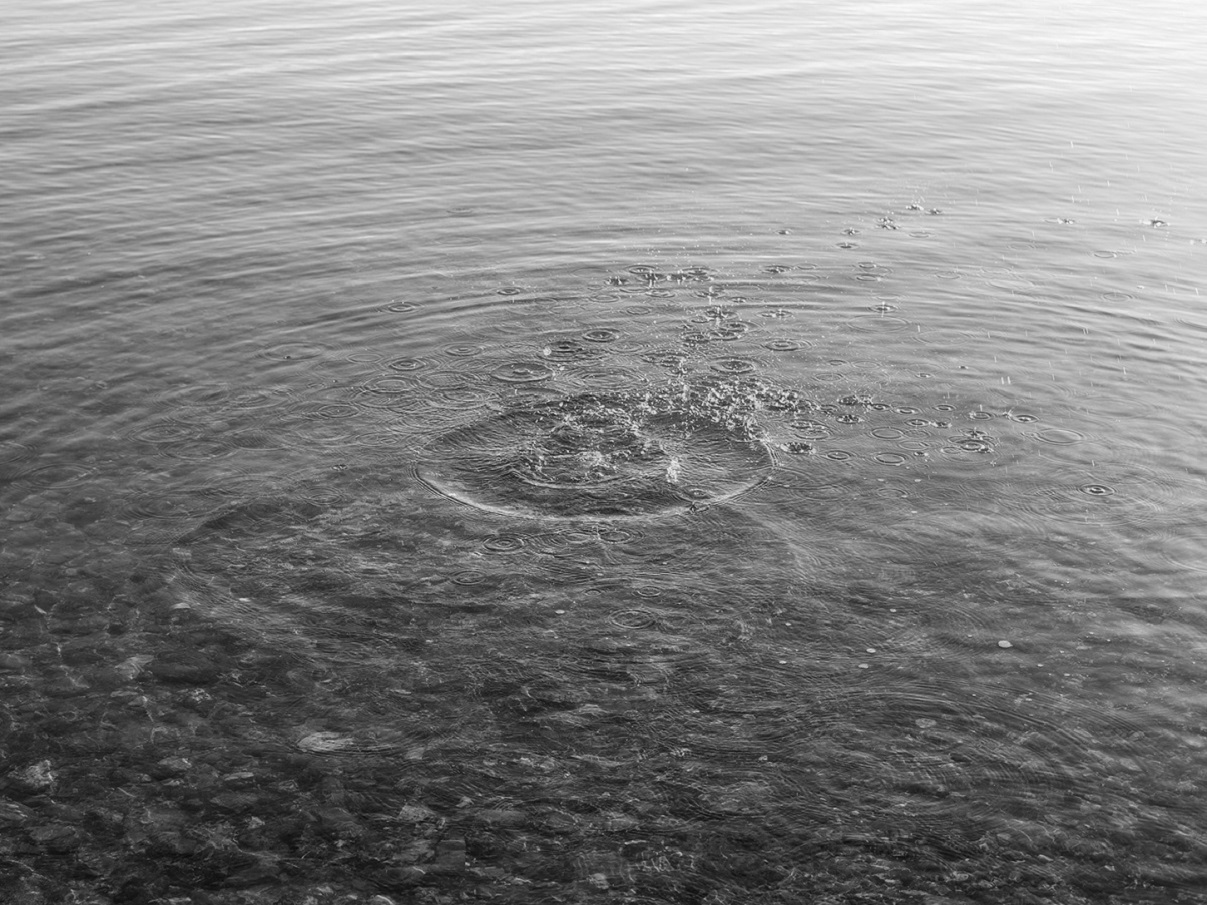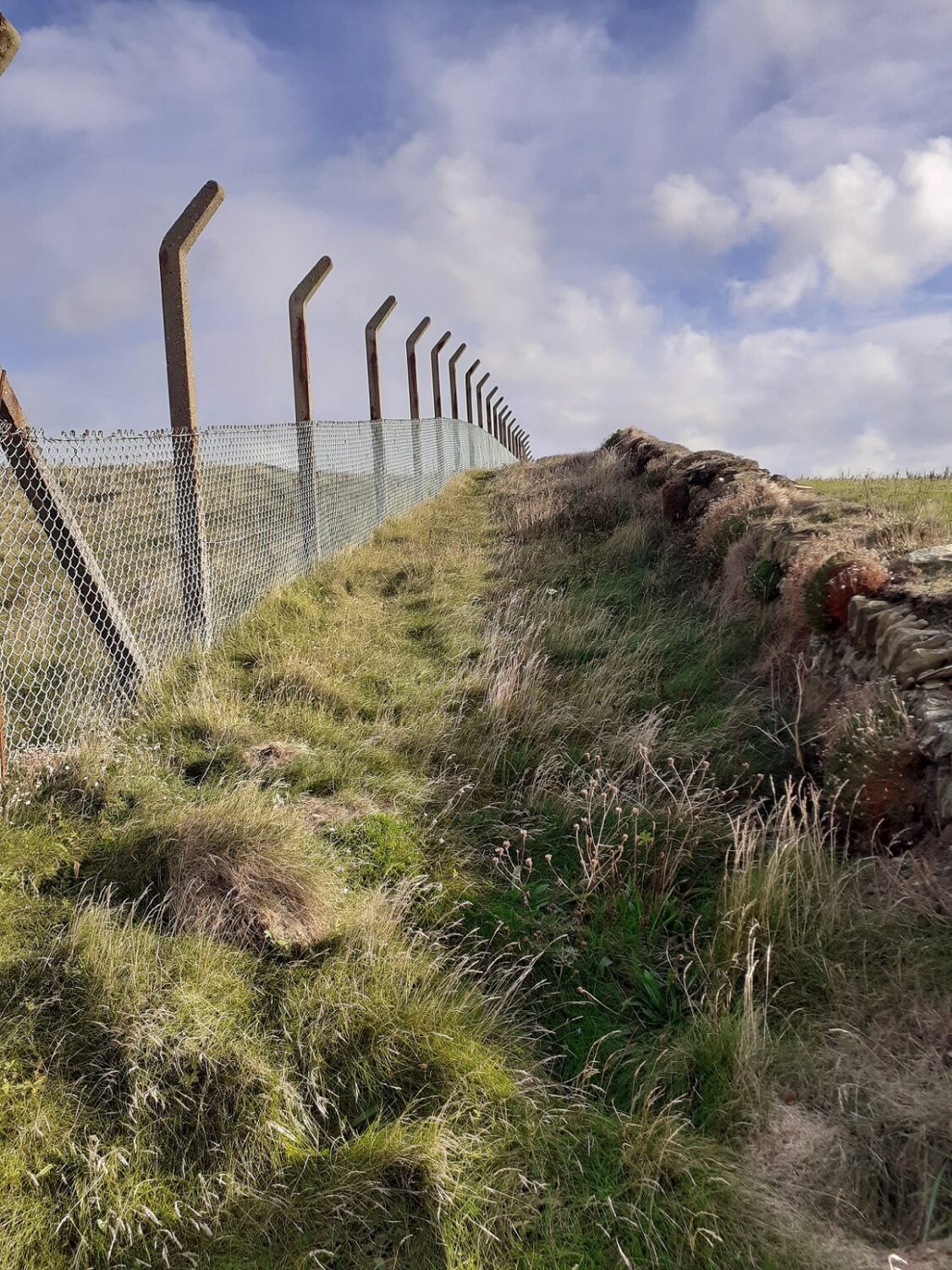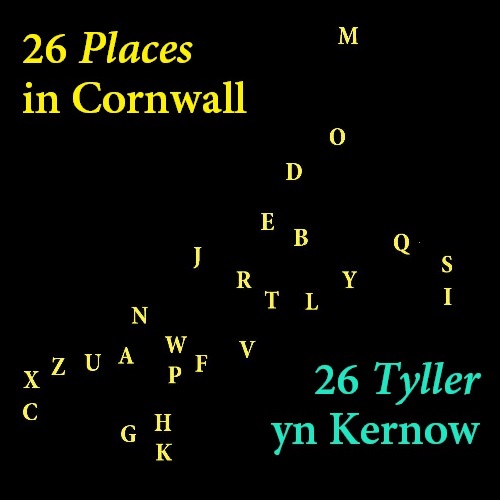
A new book and touring exhibition takes visitors on a unique A–Z journey through Cornish places and their richly resonant names, in poetry and photography. Tom Scott writes about his involvement and the project’s objectives.
Angarrack, Feock, Halliggye Fogou, Nancekuke, Ponsanooth, Zennor… What secrets of language, history and legend can Cornwall’s place names unlock?
I’ve been working on a project with the national writers’ association 26 that aims to find out. To do so, we invited writers to visit 26 places around Cornwall, some well-known, some well off the beaten track. Photographers then took the writers’ words with them to explore these places and inspire their own work, and the result is a multi-faceted celebration of Cornwall and its richly storied culture.

The project is the brainchild of Julia Webb-Harvey, a Falmouth-based writer who – like many who live in Cornwall or come here as visitors – had long been fascinated by the rich variety of Cornish place names.
“There’s so much history and so many fascinating stories behind these, and that’s what we wanted to uncover,” Julia explains. “We’ve included places for every letter of the alphabet and in every part of Cornwall. Finding an X was challenging but it turns out there is one – though it’s not at all easy to get to!”
Each writer has created a ‘sestude’ – a poem of exactly 62 words – in response to their place, and these are being shown alongside the photographers’ work in an exhibition that opened at The Poly in Falmouth earlier this month and is going on to tour several other venues in Cornwall over the next few months.
The show will be at Kresen Kernow in Redruth, which houses a fabulous collection of Cornish archives, from April 5 – 29, and at the Museum of Cornish Life in Helston in July.
A beautifully-designed book accompanies the exhibition and includes poems, photography and longer explorations of the places and their names, with an introduction by Cornish language expert Kensa Broadhurst – in both English and Cornish – looking at how historical and linguistic change has shaped the names of Cornwall’s villages and towns (you can read this online here).

It’s been an incredibly rewarding project to work on and we’ve learned all sorts of unexpected things along the way.
Julia and I wanted the A-Z of place names to roughly map out the shape of Cornwall, but finding places starting with the right letters in the right spots was not nearly as easy as it might sound. While there’s a superabundance of Bs, Ps and Ts, who knew that Cornwall has so few places beginning with O, J and Y? This had us poring over maps for hours!
And our writers have brought to light all sorts of fascinating facts and surprising stories about their places. Who knew, for instance, that the walls of the mysterious iron age fogou at Carn Euny are lined with a moss known as “goblin’s gold” because it seems to glow in the dark?
Many Cornish places are named after saints, but who knew that several of these shifted between male and female forms over the years, one of them being the shadowy St Feock, who’s inspired a whole suite of superb poems by the renowned Cornwall-based poet Penelope Shuttle.
I was assigned to Nancekuke, near Portreath, which has not only a fascinating history but also a mysteriously ambiguous name. During the Cold War it was home to the UK’s largest chemical weapons factory, but before that it was a popular spot for picnickers from nearby Redruth, and famous for its splendid turnips. It was a stunningly beautiful spot to visit, but it also felt haunted by many ghosts from the past.

Our hope is that we’ll inspire people – both visitors and Cornwall residents – to discover some places they may never have heard of and hidden aspects of those they thought they knew.
Do catch the show if you can, and if you’d like a copy of the book it’s available to buy online via the 26 website or from the Falmouth Bookseller.






